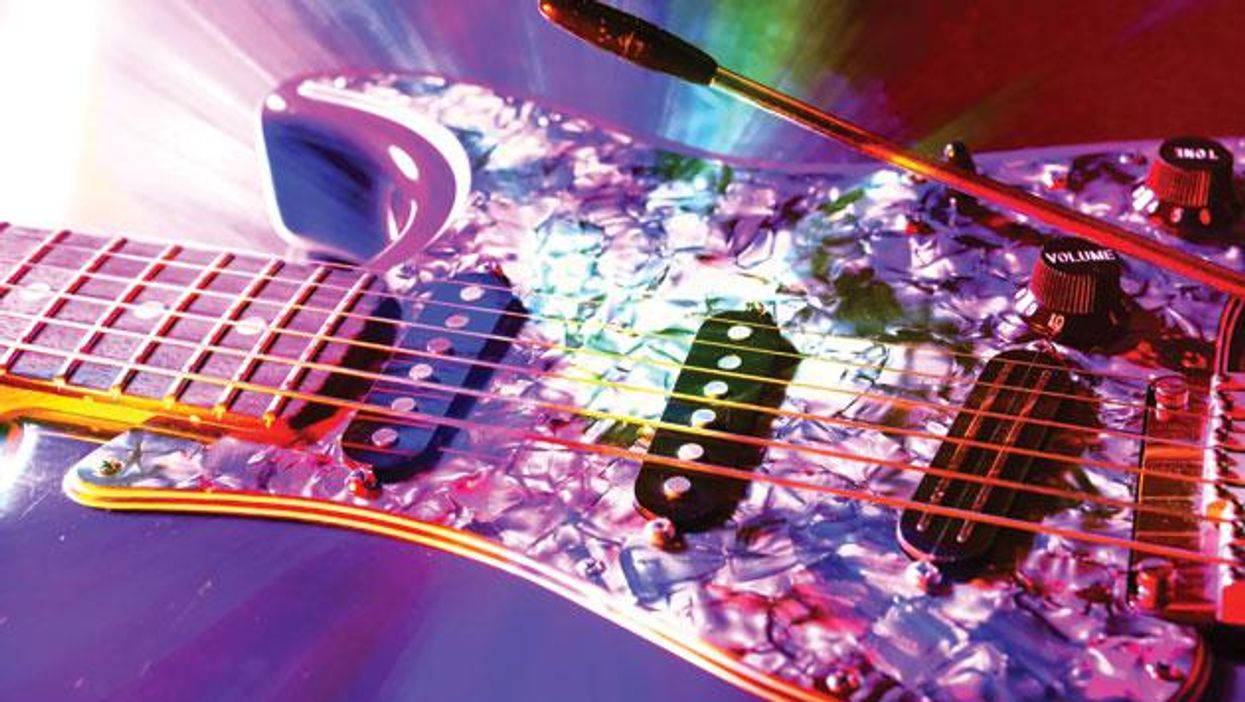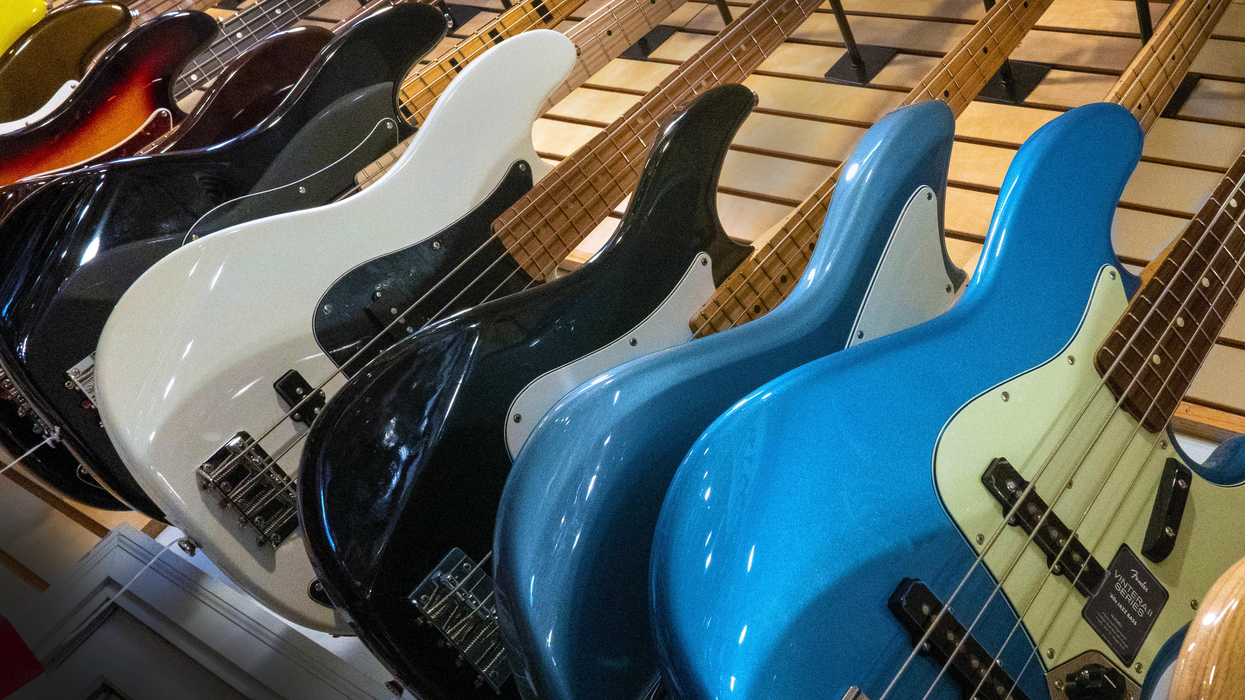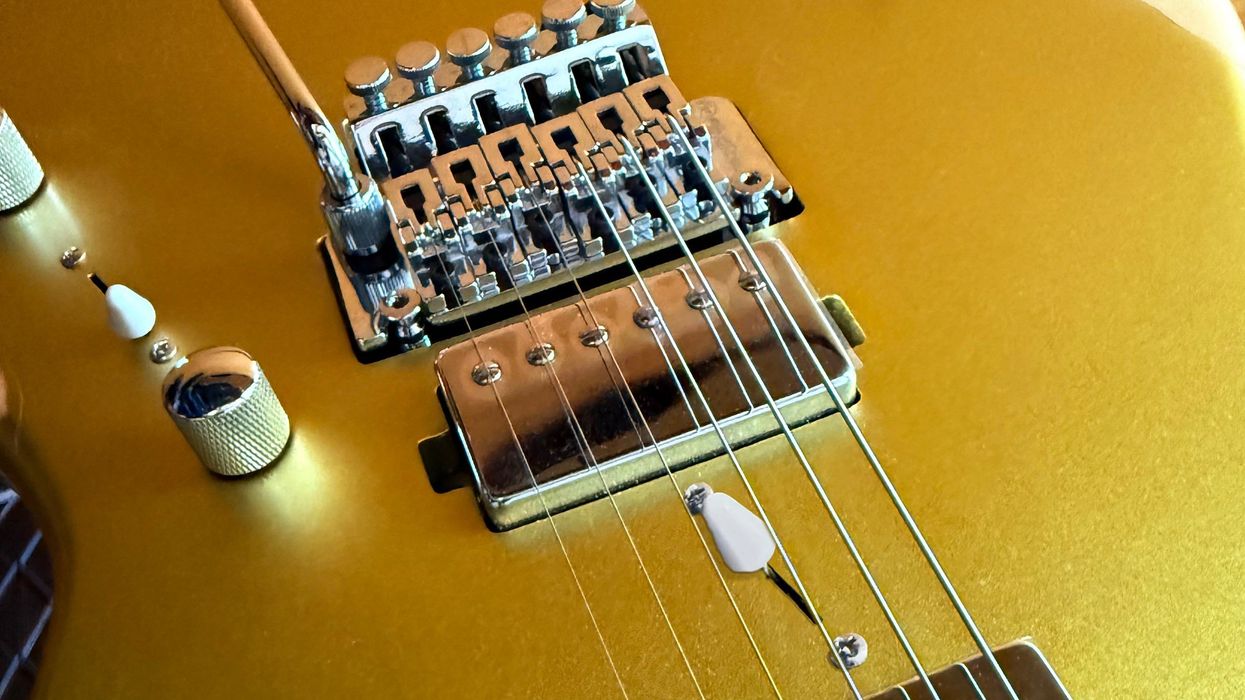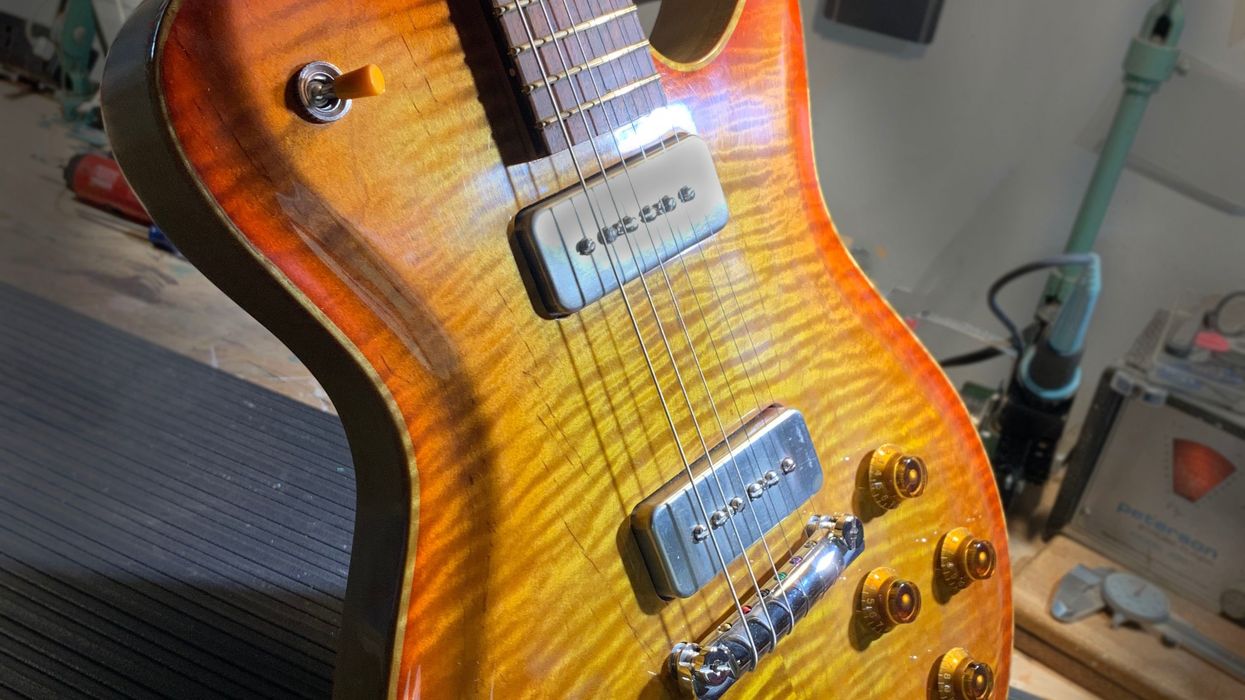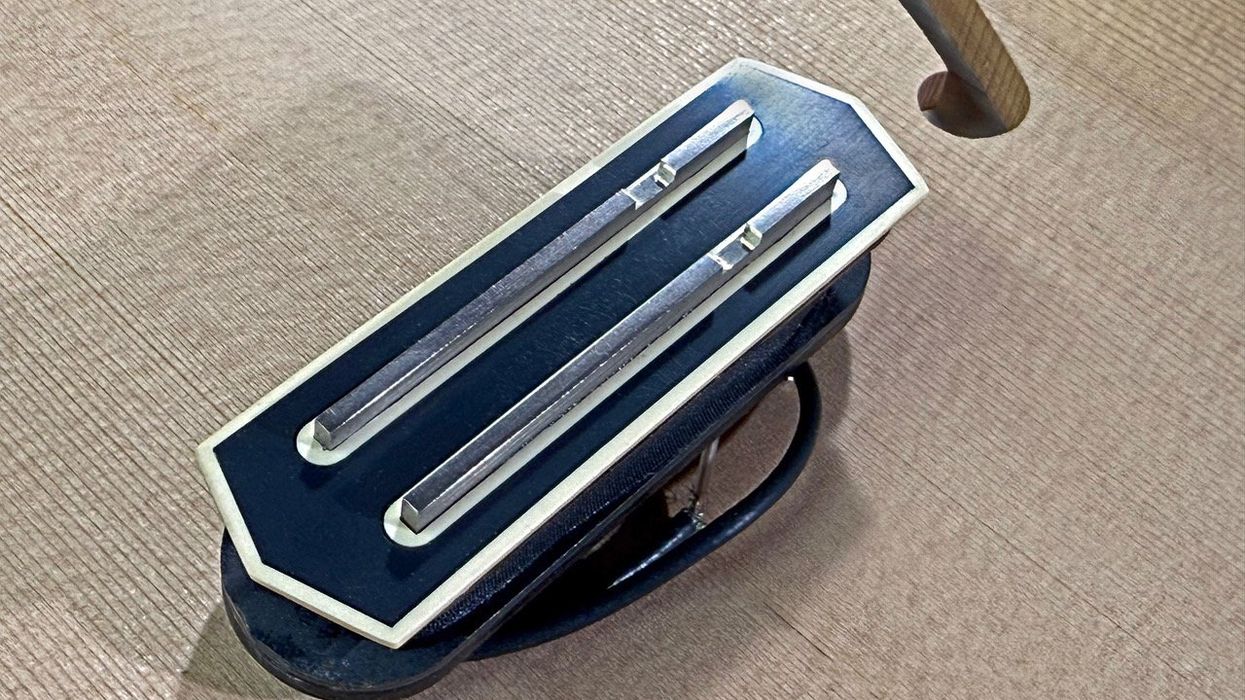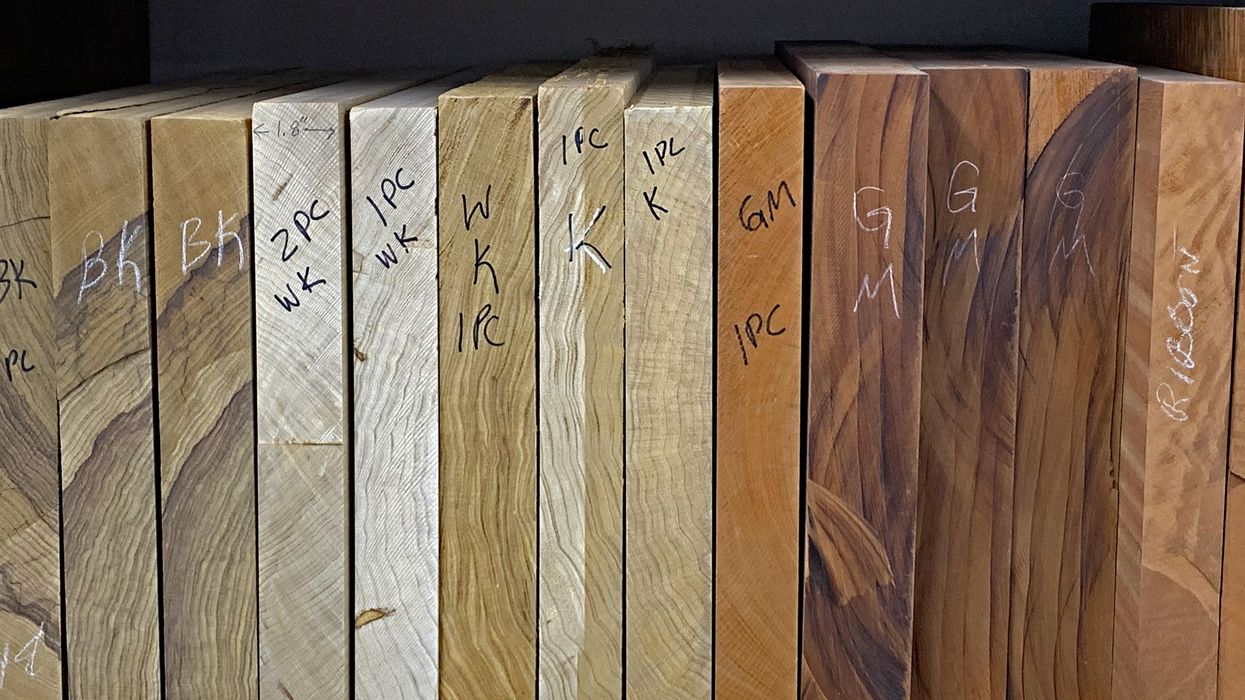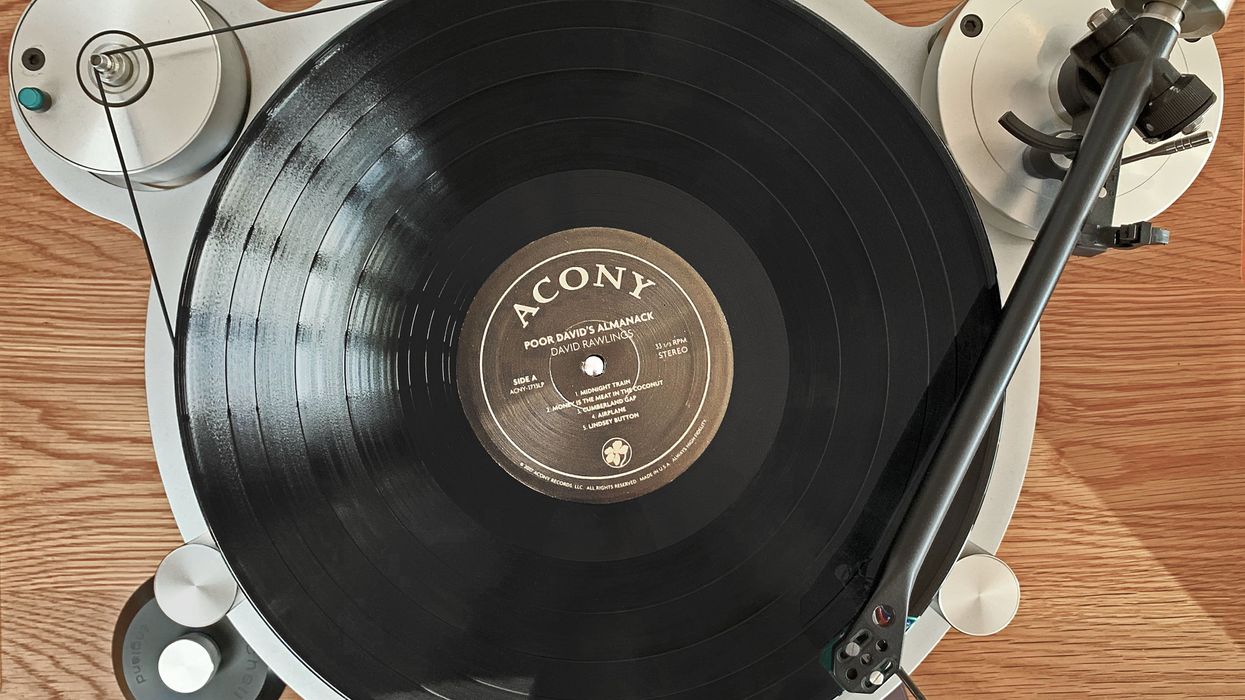Can you remember the first time you saw an electric guitar? Was it love at first sight, or did it reveal itself to you slowly, seducing you with its siren's song? I can recall the moment this happened to me, at age 10. Not long after, I became fascinated with the Mosrite Ventures Model. Like the surfboards and hot rods I associated with the Ventures' sound, Mosrite was swoopy and shiny with plenty of chrome. It was a crazy shape, had a zigzag headstock that looked like a cartoon, and came in dune-buggy colors like candy red and metallic blue. I begged my parents to buy one for me. We went to a store that stocked multiple brands. I approached the Mosrite display as if it were an altar. To my shock and horror I realized they were made of wood, not the fiberglass I'd imagined. How could such a forward-looking implement of modern sound be made of such a mundane and archaic material?
It took me a while to get over my disappointment, but move on I did. We couldn't afford the Mosrite, so I settled for a used Fender student model called a Duo-Sonic. At least it was painted white. Over time, I started to notice more interesting instruments with pretty woods and elaborate binding, inlays, and stains. I met musicians who let me try their Rickenbackers, Gibsons, and the occasional Gretsch. And I started to appreciate that all of these guitars, although cursed by being made of wood, sounded pretty great. I was learning and my taste in guitars was evolving.
Later, I learned fiberglass guitars did exist—and they were miserable to play. I didn't realize this had more to do with cheap construction than the plastic body itself, but by then my opinion of wooden guitars had reversed: plastic was for toys, and wood was for serious instruments. In retrospect my assessment is hard for me to reconcile. I was a technology fan of the highest order. I adored fighter jets and missiles for space exploration. I followed drag racing and Formula 1, sports favoring vehicles made of the latest exotic materials and engineering breakthroughs. Yet, I was dedicated to musical instruments made primarily from trees—a tradition that automobile, aircraft, and boat makers had left in the dust decades before. So why, I wonder, do I (and most others) still make guitars from wood?
On the surface, the answer is tradition, but it's also practical. The look of wooden guitars and the sound they make are the very fabric of the popular music lexicon. As such, builders (and reviewers) of plastic or metal guitars find themselves constantly comparing their products to wooden instruments. But more importantly, wood is plentiful, light in weight, and easy to work with. Contrary to popular belief, most species are also, by comparison, inexpensive compared to aluminum, brass, or carbon fiber. Weight is also important. Even a hollowed-out metal guitar strong enough to withstand string tension can tip the scales beyond what most guitarists deem acceptable. A successful way around this is to fabricate thin metal shells, which requires different skills and more elaborate equipment than the simple ones woodworkers employ.
Still, it comes down to perception. Do you think you could spot an aluminum guitar by listening to a recording of a band? Music history is filled with the stories of huge sounds created with unlikely guitars. Most listeners are unable to determine if a solo is played on a Telecaster or a Les Paul, so I don't think music would be harmed or degraded in any way if guitars were made from Plexiglas. Had the Beatles played aluminum guitars on TV in the 1960s, we might be at a very different place right now, but I tend to doubt it.
After all, I prefer wood. Why? Well, there is the tradition—not only of the instruments and music that has come before, but also the tradition of the woodworker. There is something intrinsically satisfying about working with an organic material. I love the way it smells and the way it looks, with its infinite colors and markings. Wood is a living material with a personality that differs from piece to piece. I once craved (and preached) consistency as part of excellence, but now I see it a bit differently. I like the idea of each instrument having a slightly different character. In this way, wooden instruments mirror us as individual artists—and individual humans.
